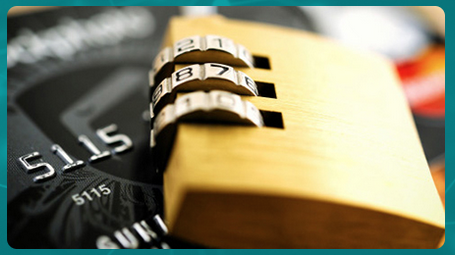
In today’s interconnected world, the Internet of Things (IoT) has become an integral part of our daily lives. From smart homes to industrial automation, IoT devices are revolutionizing various industries. However, with this increased connectivity comes the need for robust security measures to protect sensitive data and ensure the integrity of these devices.
The Importance of IoT Security
As IoT devices continue to proliferate, the potential risks and vulnerabilities associated with them also increase. These devices collect and transmit vast amounts of data, making them attractive targets for cyber criminals. A breach in IoT security can have severe consequences, ranging from privacy breaches to physical harm.
Ensuring the security of IoT devices requires a comprehensive approach that includes both hardware and software security measures. One crucial aspect of IoT security is certification.
The Role of Certification in IoT Security
Certification plays a vital role in establishing trust and confidence in IoT devices. It provides assurance that a device meets specific security standards and has undergone rigorous testing to identify and mitigate potential vulnerabilities. However, achieving global certification for IoT devices poses several challenges.
- Diverse Regulatory Landscape
The IoT industry operates on a global scale, and different countries have varying regulations and standards for IoT security. Obtaining certification that complies with multiple regulatory frameworks can be a complex and time-consuming process for manufacturers. - Rapidly Evolving Threat Landscape
Cyber threats are constantly evolving, and new vulnerabilities are discovered regularly. IoT devices need to be certified not only at the time of their release but also throughout their lifecycle to address emerging threats. This requires manufacturers to stay updated with the latest security standards and continuously update their devices accordingly. - Lack of Standardization
While there are existing security standards for IoT devices, there is still a lack of global standardization. Different certification bodies may have different criteria and processes, making it challenging for manufacturers to navigate the certification landscape.
Addressing the Challenges
To overcome the challenges associated with global certification for IoT security, collaboration between industry stakeholders, regulatory bodies, and certification organizations is crucial. Here are some steps that can be taken:
- Harmonization of Standards: Efforts should be made to harmonize security standards across different regions to streamline the certification process.
- Continuous Monitoring and Updates: Certification bodies should establish mechanisms to monitor and update certified devices to address emerging threats.
- Education and Awareness: Manufacturers should be educated about the importance of certification and the steps involved in the process.
- International Collaboration: Collaboration between regulatory bodies and certification organizations from different countries can help establish a unified approach to IoT security certification.
Conclusion
As the IoT continues to expand, ensuring the security of connected devices is of paramount importance. Global certification plays a crucial role in establishing trust and confidence in IoT devices. However, the challenges associated with certification need to be addressed through collaboration and standardization efforts.

IoT security was a pivotal discussion point covered at the GSMA M360 UK Mobile Security and Industries conference that took place on July 11-12, 2023. The GSMA M360 UK brought together industry security professionals to share best practice and industry corporation for enhanced security. Rasma Araby participated in the panel discussion “The security dynamics of the IoT ecosystems” and shared her insight on security requirements and certification of the IoT devices. Please see more information provided in the article published by Mobile World Live.



